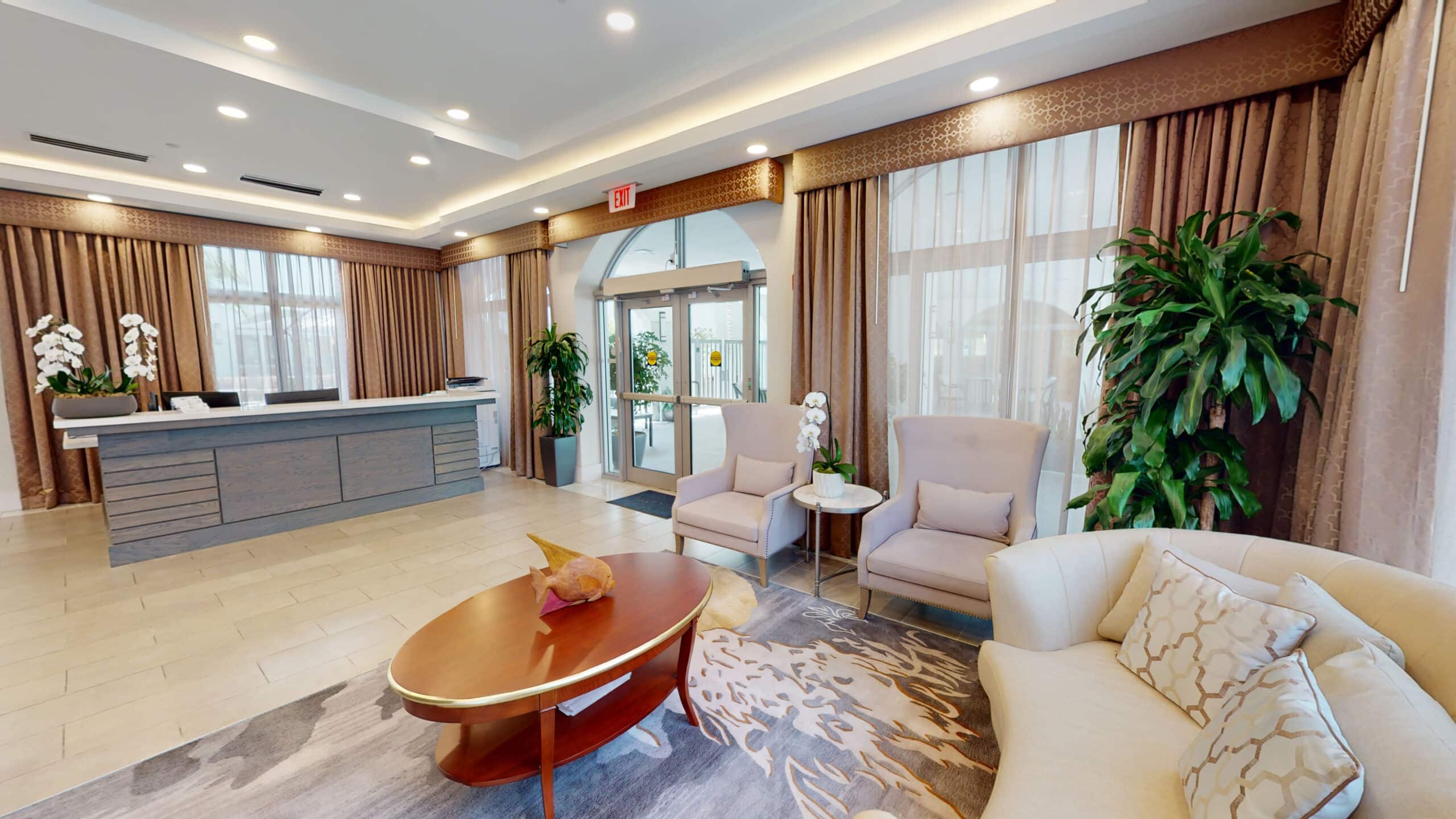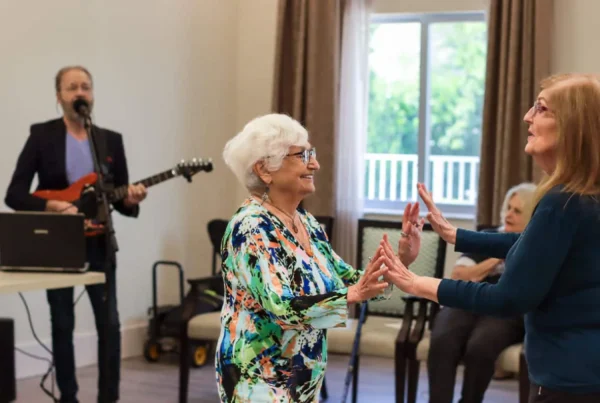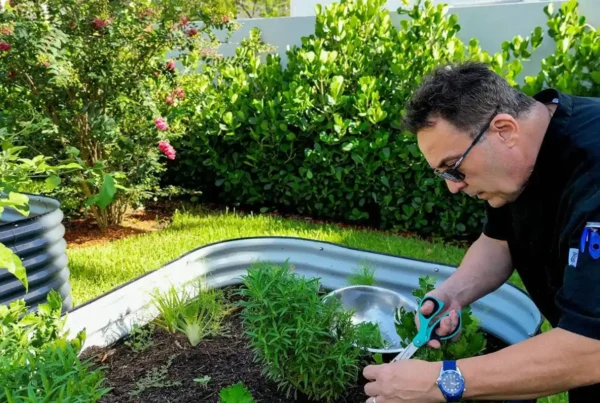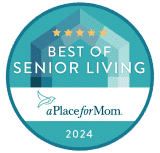
The aging population is on the rise, transforming assisted living communties across the nation. With more seniors requiring specialized care, the demand for high-quality, adaptive services has never been greater. Assisted living centers face challenges such as increased demand, staffing needs, and financial pressures while striving to offer a better quality of life for their residents. Innovations in care and technology, alongside a strong focus on personalized attention, are key to meeting these growing needs. At Seaside Hallandale Beach, we are committed to evolving and providing exceptional care for our senior residents, ensuring they live their golden years with dignity and joy.
The Growing Aging Population
The demographic landscape is shifting rapidly, with a notable increase in the aging population. Here are a few data points from the U.S. Census Bureau, The U.S. Bureau of Labor and other sources, highlighting this trend and its implications for assisted living communities:
- Rising Numbers:
- Population aged 65+ projected to nearly double from 52 million in 2018 to 95 million by 2060.
- Global population aged 80+ expected to triple from 137 million in 2017 to 425 million by 2050.
- Baby Boomers Impact:
- By 2030, all Baby Boomers will be 65+, making up one in five Americans.
- Healthcare Needs:
- Increased chronic conditions: By 2050, 14 million Americans could have Alzheimer’s, up from 5.8 million today.
- Assisted Living Demand:
- NIC projects the senior housing market will need over 1 million new units by 2040.
- Bureau of Labor Statistics: Demand for home health aides and personal care aides to grow 34% from 2019 to 2029.
These data points underscore the urgent need for assisted living communities to adapt and innovate to meet the growing and diverse needs of an aging population.
Challenges Faced by Assisted Living Communities
The rising aging population brings several challenges for assisted living communities. Addressing these is crucial for providing quality care.
- Increased Demand:
- Communities are experiencing higher occupancy rates.
- Waiting lists are growing, creating pressure to expand.
- Staffing Shortages:
- High turnover rates and burnout among caregivers.
- Financial Constraints:
- Rising operational costs, including wages and health benefits for staff.
- Difficulty in securing funding for expansions and upgrades.
- Enhanced Facilities and Amenities:
- Need for modern, state-of-the-art facilities.
- Increased demand for amenities such as fitness centers, recreational activities, and specialized care units.
These challenges require strategic planning and investment to ensure that facilities can meet the growing needs of their residents.
Benefits of Assisted Living for the Elderly
Assisted living facilities offer numerous advantages for elderly individuals, contributing to their overall well-being and quality of life.
- Improved Quality of Life:
- Social interaction and community engagement reduce feelings of isolation and depression.
- Structured activities and events keep residents physically and mentally active.
- Access to Medical Care:
- On-site healthcare services provide prompt medical attention.
- Regular health check-ups and monitoring ensure early detection and management of health issues.
- Personalized Care Plans:
- Customized care plans address individual needs and preferences.
- Assistance with daily activities such as bathing, dressing, and medication management.
- Safety and Security:
- 24/7 supervision and emergency response systems.
- Secure environments prevent wandering and ensure residents’ safety.
These benefits highlight the importance of assisted living communities in supporting the health and happiness of the elderly.
Innovations in Assisted Living
Innovations are transforming assisted living, making it more efficient and resident-friendly.
- Technology Integration:
- Telemedicine services for remote consultations.
- Wearable health devices for continuous monitoring of vital signs.
- Also read: Embracing the Future: How Technology is Transforming Assisted Living for Enhanced Safety, Health, and Connectivity
- Memory Care Programs:
- Specialized units for residents with dementia and Alzheimer’s.
- Programs focusing on cognitive stimulation and memory retention.
- Wellness Programs:
- Holistic approaches, including yoga, meditation, and fitness classes.
- Nutritional plans tailored to individual dietary needs.
- Sustainable Living:
- Eco-friendly facilities with energy-efficient designs.
- Use of sustainable materials and practices to reduce environmental impact.
These innovations ensure that assisted living communities remain at the forefront of providing high-quality care.
 Preparing for the Future
Preparing for the Future
To meet the growing needs of the aging population, assisted living communities must adopt forward-thinking strategies.
- Staff Training and Development:
- Ongoing education and training programs for caregivers.
- Specialization in areas like dementia care and geriatric nursing.
- Family Involvement:
- Encouraging family participation in care plans.
- Providing support and resources for families to stay connected and involved.
- Community Outreach:
- Partnering with local organizations and healthcare providers.
- Offering community programs and events to foster relationships and support.
- Investment in Infrastructure:
- Expanding and upgrading facilities to accommodate more residents.
- Investing in modern technologies and amenities to enhance resident experience.
By focusing on these areas, assisted living communities can ensure they are well-prepared to provide exceptional care for the aging population.
The aging population’s impact on assisted living is undeniable, driving the need for more facilities, specialized care, and innovative solutions. Facilities must tackle increased demand, staffing challenges, and financial constraints while ensuring high standards of personalized care. Embracing technology, enhancing amenities, and fostering community partnerships are essential strategies. Seaside Hallandale Beach is committed to adapting and evolving, ensuring our residents enjoy their golden years with the dignity, care, and joy they deserve. By staying proactive and innovative, we can meet the needs of this growing demographic effectively.







